For our Year 3 students, their Chum Creek camp is often their first step into the outdoors and step out beyond the family unit. They learn to be independent and have a positive overnight experience with their peers.
This camp can also be a first for many parents, who can be even more nervous about Chum Creek than their own child. By the time students reach Year 8 and go to our Lochend camp, not only are parents reassured about their child’s independence and skills at camping, but students themselves have learnt some important life skills.
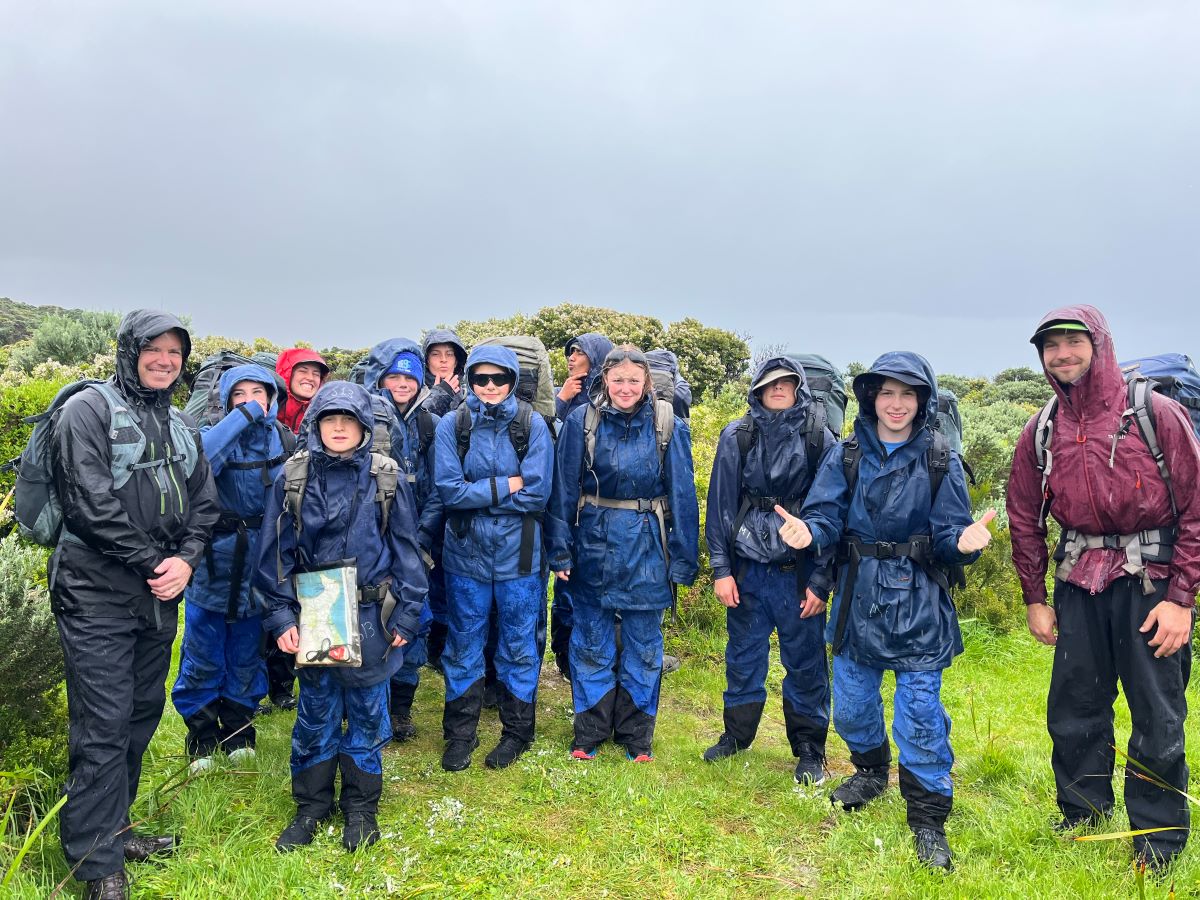
Our three Outdoor Education sites, Chum Creek, Lochend and Mallana, provide a deliberate sequence of outdoor learning for our students - about themselves, others, and the natural world. Activities such as bushwalking and camping in all weather conditions and for various lengths of time teaches individual resilience. At the time, it can feel hard when it’s wet and you must carry a heavy pack. But when you’re surrounded by your peers who are struggling just like you, and in an environment so pristine and awe inspiring, you’re often buoyed along, one step at a time. By the time you’ve finished your walk, you feel proud that you ‘did it’, that you survived. You’ve learnt along this journey to ‘dig deep’ and celebrate every achievement. These celebrations can be as simple as getting to the top of the mountain or sharing a meal with the group. They are simple, but genuine.
Students have an opportunity to live and work together with peers they may not have spent time with. Problem solving challenges, like how to set up a tent or how to light a fire, foster communication skills, conflict resolution and group cohesion.
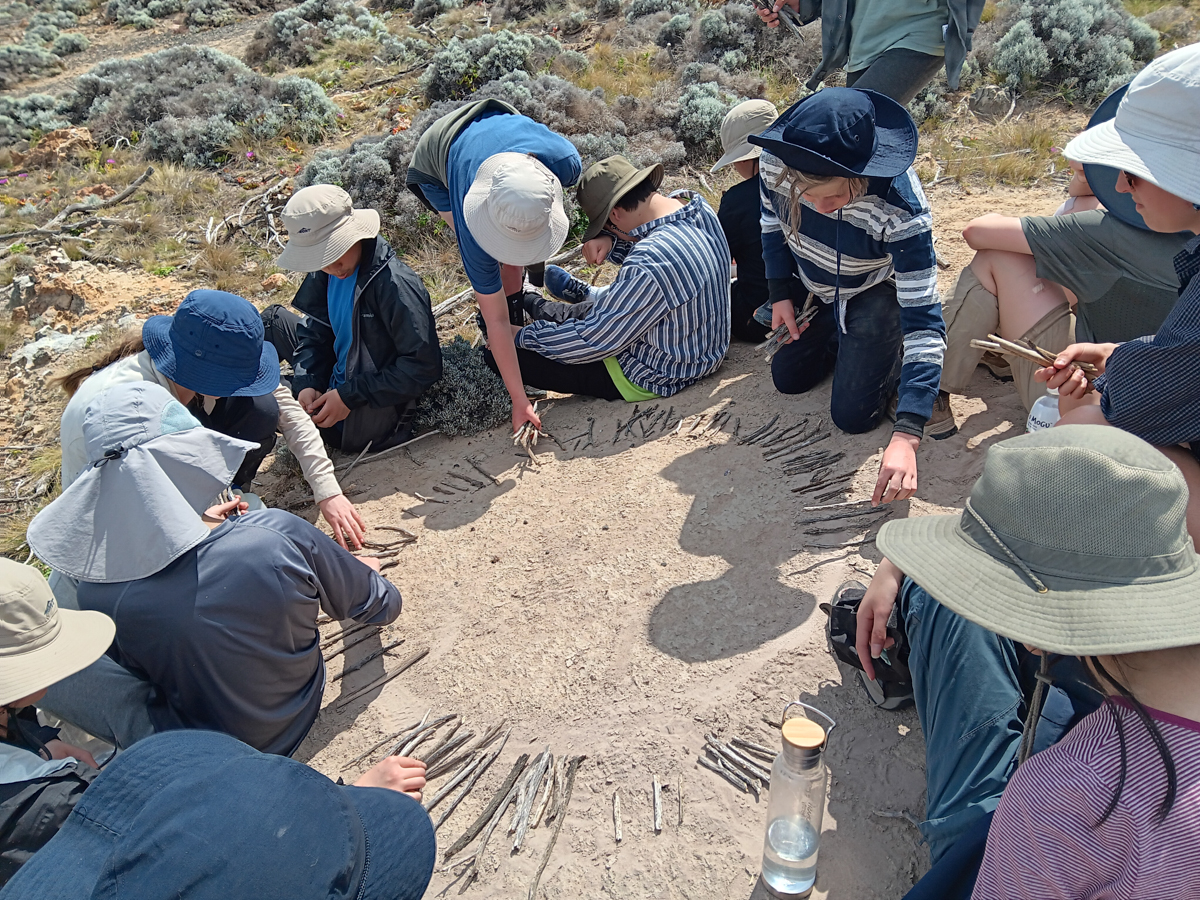
Chum Creek, Lochend and Mallana also provide our students with three incredibly pristine and diverse environments to learn and journey through. Each site is unique in its Indigenous culture and histories, flora and fauna. Students are immersed in these natural environments, with their breath-taking scenery and experiences, fostering a connection to our natural world which will strengthen their stewardship and protection of our planet for generations to come.
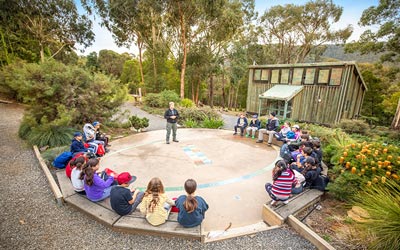
Chum Creek
Chum Creek is a bush property located 80 kilometres north-east of Melbourne in the forests, foothills and waterways of the Central Highlands, close to Healesville on Wurundjeri Country.
Attended separately by students in Years 3, 4, 5 and 7, Chum Creek experiences are designed to ensure students feel comfortable and safe as they explore the great outdoors through age-appropriate activities.
Students learn about environmental sustainability and responsibility, and the significance of the region as an important source of Melbourne’s timber and water.
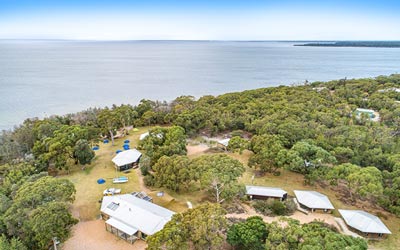
Camp Mallana
Located on Gunai Kurnai Country on the Banksia Peninsula south of Bairnsdale, Camp Mallana offers amazing diversity, both on land and on the pristine waters of the Gippsland Lakes.
Camp Mallana is attended separately by students in Years 6 and 10. Through land-based activities, Year 6 students focus on animal, plant and human adaptations to lakeside living. Year 10 students navigate the waterways using catamarans and sea kayaks while building personal resilience and a deeper understanding of the landscape’s character, potential and challenges.
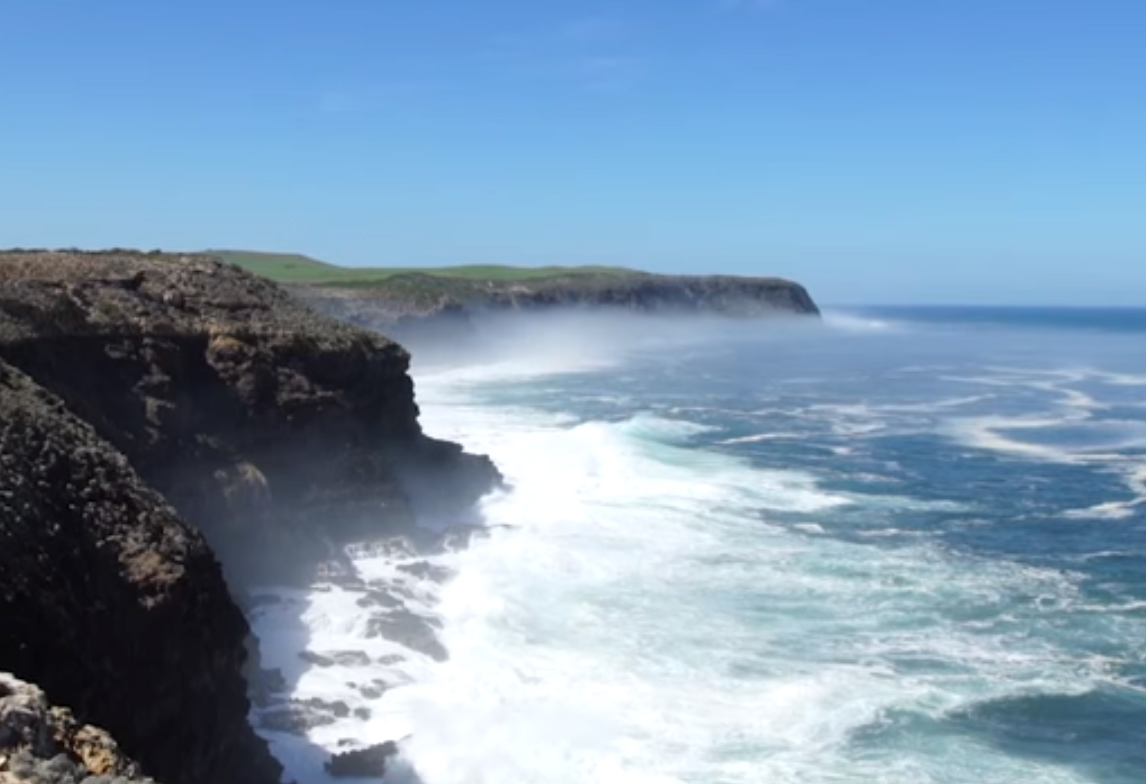
Lochend
This coastal property at Cape Bridgewater near Portland on Gunditjamara Country is the perfect location for a wide range of water-based activities and hikes.
Lochend is visited by Year 8 students who take part in hands-on activities including a three-day hike, surfing, caving, canoeing, hiking and an ongoing revegetation project.
Each experience helps students understand the vulnerabilities of our coastal environment and their responsibility to maintain Australia’s much-loved coastlines.
